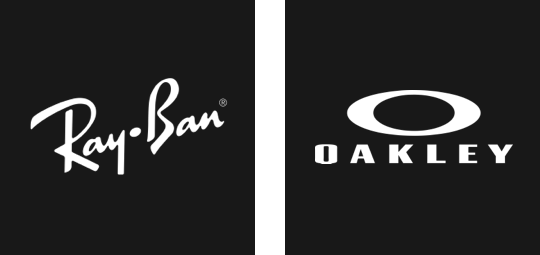
Looking into Laser Vision Correction?
Since the 1980s, people all over the world have been enjoying the freedom and clarity that comes from laser eye surgery. Before you choose laser eye surgery, you may want to do some research. We’re here to help.
Please visit us for a laser eye surgery consultation. We’ll give you all the information and guidance you need to make a confident, informed choice.



How a Laser Eye Surgery Consultation Works
When you come in for your consultation, we’ll start by looking at the structure and function of your eyes to make sure you’re a good candidate for surgery. We’ll also confirm what level of correction you need.
Once we’ve run our tests and made sure surgery is a good choice for you, it’s your turn to bring up any questions, concerns, or expectations you have. We’ll take our time, giving detailed answers and making sure you understand all the information we’ve provided you.
Once you’ve decided on going ahead with your surgery, we’ll refer you to an experienced and trustworthy ophthalmologist to perform the procedure.

The 3 Most Popular Laser Refractive Surgeries
LASIK
LASIK was designed to reduce recovery time and risk of infection. It’s now the most popular refractive surgery in the world.
During the LASIK procedure, an ophthalmologist creates a flap in the cornea’s outer layers, folding it back to reveal the middle layers. Using a laser, the ophthalmologist reshapes the middle layers of the cornea to correct the refractive error. Once this is finished, the flap is replaced.
Most patients experience clear vision within a few days. After your surgery, we’ll follow up with you to make sure you’re healing properly and to check your vision.
PRK
Photorefractive keratectomy, more commonly referred to as PRK, was the first laser refractive surgery performed and has gained popularity again in recent years. This particular procedure is safer for patients with thin corneas.
The ophthalmologist uses a laser to reshape the cornea, correcting the refractive error. The procedure takes only about 15 minutes per eye and the patient’s vision should stabilize within a few weeks.
After the surgery, we’ll follow up with you to check your vision and make sure everything is healing as it should.
LASEK
LASEK follows a similar process to LASIK but only it uses a smaller corneal flap, making it safer for patients with thin corneas. The ophthalmologist applies an alcohol solution to the eye, causing the very thin top layer of the cornea to float away.
They then use a laser to reshape the middle layers of the cornea. The patient is given contact lenses to cover the corneal flap during healing, working much like a bandage.
Patients usually experience clear vision within a week or 2 , and their vision stabilizes within a few weeks. After your surgery, we’ll follow up with you to test your vision and make sure everything is healing properly.

Our Services

Adult & Senior Eye Exams

TempSure Skin Tightening

Myopia Control

Dry Eye Exams

Macular Degeneration

EnChroma


Where To Find Us
Sarnia – Lakeshore Road
- 519-542-3937
- (519) 542-2800
- 1206 Lakeshore Road
- Sarnia, ON N7S 2L2
Hours
- Monday: 8:00 AM – 5:00 PM
- Tuesday: 9:00 AM – 5:00 PM
- Wednesday: 8:00 AM – 5:00 PM
- Thursday: 8:00 AM – 5:00 PM
- Friday: 8:00 AM – 5:00 PM
- Saturday: Closed
- Sunday: Closed
Sarnia – Vidal Street
- (519) 336-4113
- (519) 336-1639
- 120 Vidal Street North
- Sarnia, ON N7T 5X5
Hours
- Monday: 8:00 AM – 5:00 PM
- Tuesday: 9:00 AM – 5:00 PM
- Wednesday: 8:00 AM – 5:00 PM
- Thursday: Closed
- Friday: 8:00 AM – 5:00 AM
- Saturday: Closed
- Sunday: Closed
Grand Bend
- (519) 238-6086
- (519) 238-6068
- 43 Main Street East
- Grand Bend, ON N0M 1T0
Hours
- Monday: 9:00 AM – 5:00 PM
- Tuesday: 9:00 AM – 5:00 PM
- Wednesday: 9:00 AM – 5:00 PM
- Thursday: 9:00 AM – 5:00 PM
- Friday: 9:00 AM – 5:00 PM
- Saturday: Closed
- Sunday: Closed


Our Brands












